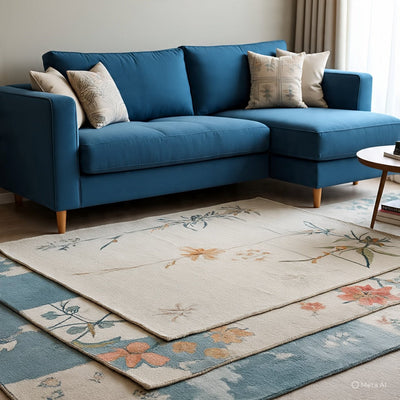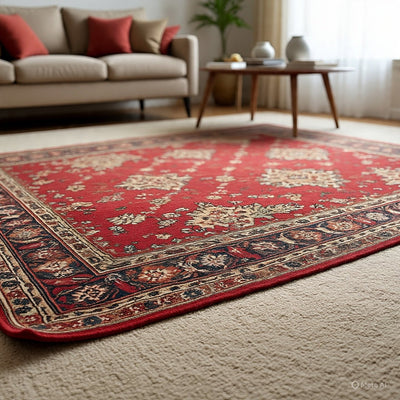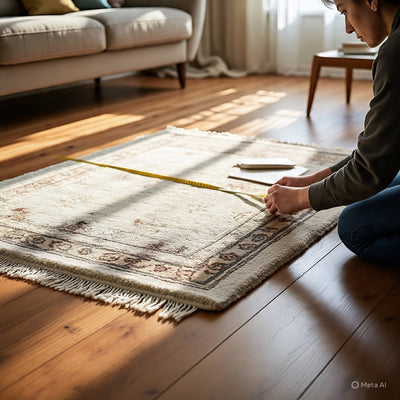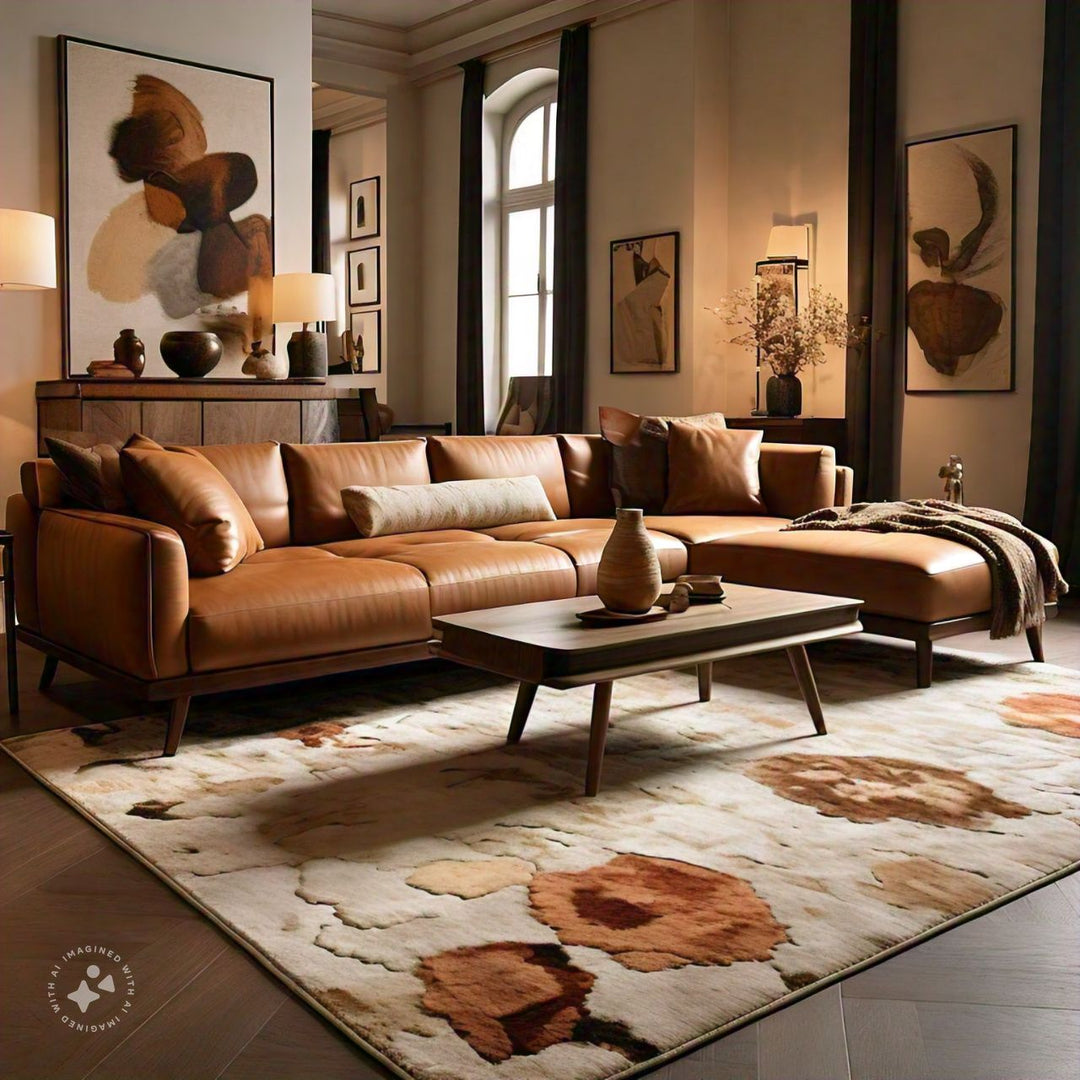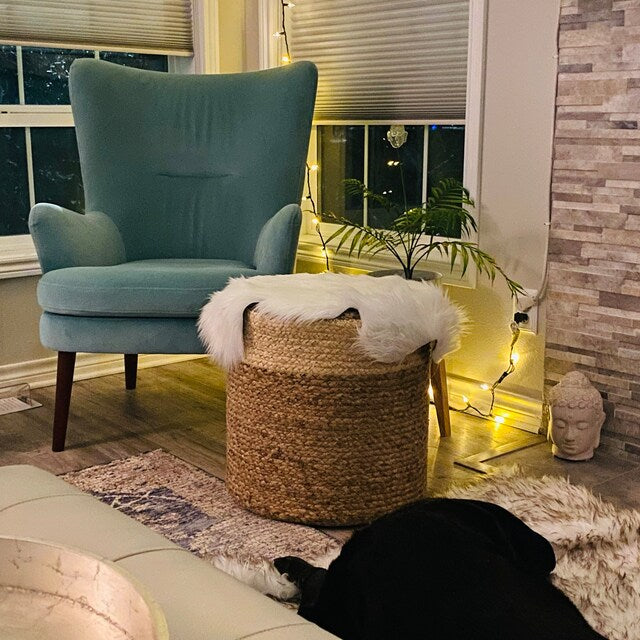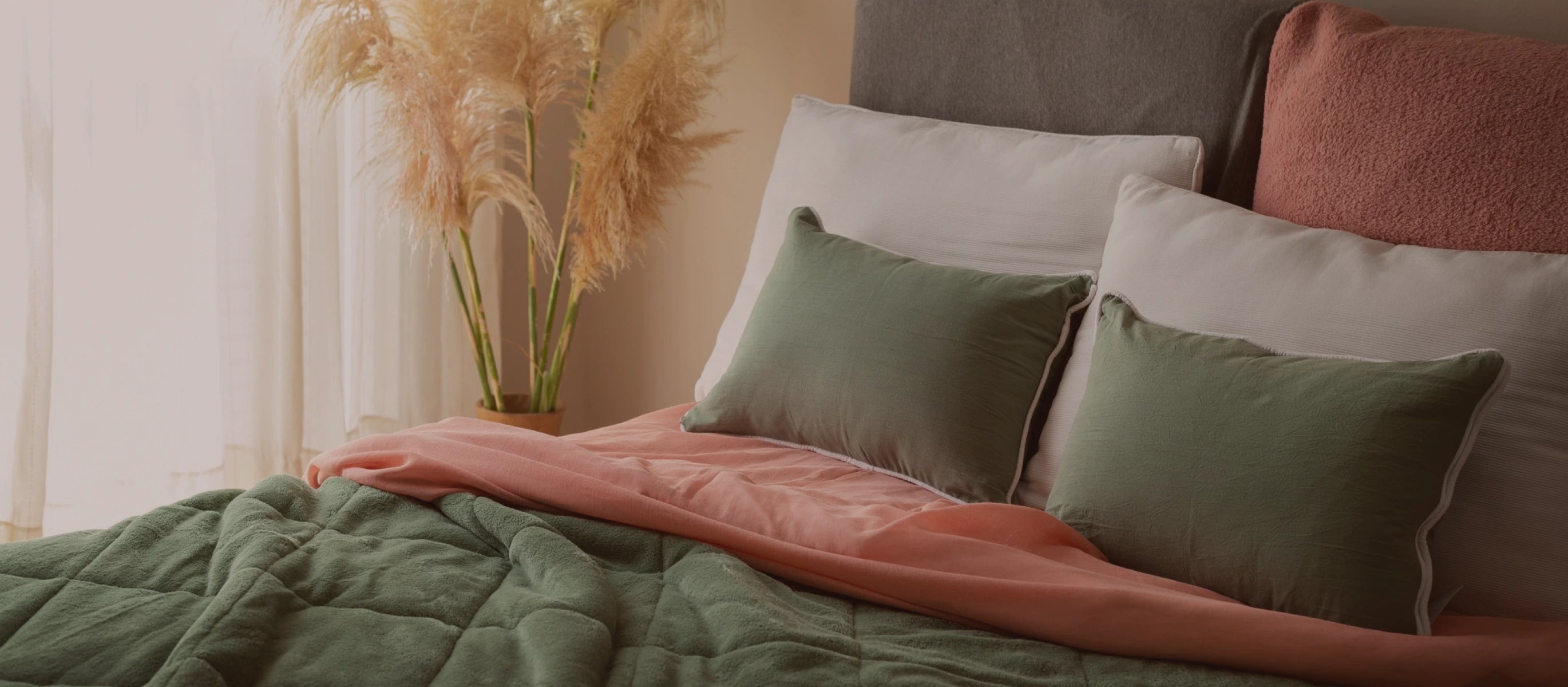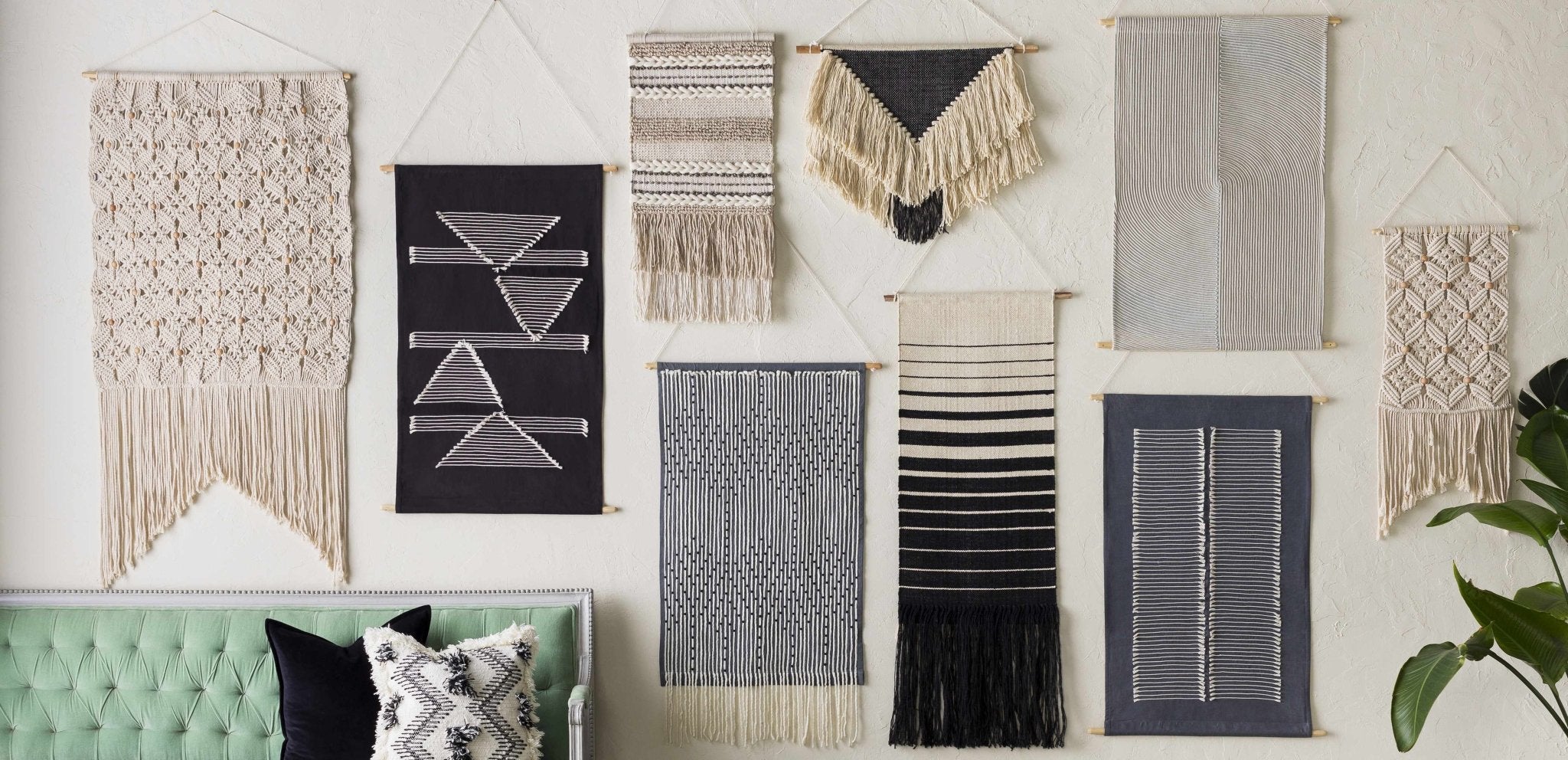Rug vs Carpet: Learn the Pros and Cons of Both Categories
Do you want to upgrade the comfort and aesthetics of your home? Note that there are accents such as rugs and carpets that can make or break the whole look of a space. However, in this post, let us first understand the concept of rug vs carpet as we tend to use both the terms alternatively. While both of these are floor coverings that add texture, style, and warmth to a space, there are quite a few differences too, that most people are still unaware of. To find answers, let’s dive deeper into the debate regarding area rug vs carpet in the following sections.
What is a rug?
Rugs are highly functional and visually appealing floor coverings that play an important part in interior design. Rugs, as opposed to carpets, are smaller and come in a variety of forms, sizes, and designs. Let's go further into the world of rugs to discover what makes them special.
Read: Why are Rugs an Important Element of Your Home Decor?
Size and Shape
Rugs are available in a variety of sizes and shapes. Rugs for any room and purpose are available, ranging from little accent rugs that offer a splash of color to larger area rugs that define rooms. Popular shapes include round, rectangular, and square ones.
Materials
Rugs are made from a variety of materials, each with its distinct properties. Wool, cotton, silk, jute, synthetic fibers, and other materials are among them. The material used affects the aesthetic, longevity, and maintenance requirements of the rug. The softer the rug material, the more comfortable it is.
Color and design
Rugs are known for their elaborate designs, patterns, and colors. They are frequently used as focal points in rooms, adding visual interest and complimenting the overall decor. There is a rug for every aesthetic, whether you prefer traditional themes or trendy abstract designs.
Versatility
Rugs are versatile, which is one of their main advantages. They are readily moved and rearranged, allowing you to try out various layouts and designs in your space. Rugs can be put under furniture, in entryways, or simply as ornamental floor items.
Maintenance needs
Rug maintenance varies based on the material. Some rugs are simple to clean and maintain, while others require more careful handling. Regular vacuuming is a popular technique for keeping carpets looking new, and professional cleaning may be required on occasion for particular materials.
What is a carpet?
Carpeting, often known as wall-to-wall carpeting, is a common choice for covering vast floor areas in homes and businesses. Carpets, as opposed to rugs, which are smaller and more adaptable, provide a continuous and consistent floor coverage. Let's look at the elements that set carpets apart from rugs.
Characteristics of carpets:
Coverage
Carpets are distinguished by their capacity to cover the whole floor space of a room, resulting in a continuous and cohesive surface underfoot. Carpets are often laid from wall to wall to create a uniform look.
Materials
Carpets, like rugs, can be manufactured of a variety of materials, including wool, nylon, polyester, polypropylene, and others. The construction materials of the carpet has a considerable impact on its longevity, comfort, and maintenance requirements.
Installation
Installing wall-to-wall carpeting is a complicated operation that frequently necessitates the assistance of a professional. It entails stretching and anchoring the carpet throughout the entire floor. This method of installation ensures a snug fit and a seamless appearance.
Patterns and colors
Carpets come in a variety of designs, ranging from basic colors to elaborate patterns. Some carpets are made to look like natural materials like wood or stone, making them a versatile canvas for interior design.
Insulation and sound absorption
Carpets are excellent in both insulation and sound absorption. They are an ideal choice for bedrooms and living spaces since they may assist maintain a suitable interior temperature and lower noise levels.
Rug vs carpet
Several factors come into consideration while deciding mat vs rug vs carpet for your home. All solutions have pros and disadvantages, and your choice should be based on your personal demands as well as the details of your living area. Let's look at the fundamental differences between rugs vs carpet so you can make an informed decision.
Design and appearance
Rugs are well-known for their design flexibility. They are available in a variety of sizes, shapes, colors, and patterns, allowing you to experiment with different styles and simply change the look and feel of a room. Rugs are frequently used as focal points or accent pieces to enhance your interior decor.
Carpets, on the other hand, create a consistent appearance throughout a room. While they provide a number of design alternatives, such as solid colors and patterns, they provide a more coherent and integrated aesthetic.
Cleaning and maintenance
Depending on the material, rugs might be quite simple to clean. Most rugs may be vacuumed on a regular basis, while smaller rugs can be shaken out or spot cleaned as needed. Some materials, however, may necessitate more specialist treatment.
Carpets might be more difficult to clean, especially if stains or spills occur. Wall-to-wall carpeting necessitates regular vacuuming, and deep cleaning may be required on a regular basis, necessitating the use of professional services. Carpets' higher surface area might make maintenance more time demanding.
Adaptability and transportation
Rugs provide excellent adaptability and transportation. They are simple to move and rearrange as needed to adjust the layout or decor of a room. Rugs are a wonderful alternative for folks who prefer to change up their decor on a regular basis because of their versatility.
Usually, carpets are a permanent fixture that cover the entire floor space. They cannot be moved or replaced without considerable effort and expense. As a result, rugs may be a better alternative if you want more flexibility in your home plan.
Cost
Rugs are typically less expensive than putting wall-to-wall carpeting. They are an inexpensive method to bring elegance and comfort to a room without making a large financial commitment.
Because of the extent of the space covered, installing carpets wall-to-wall can be a more significant investment. Carpets may be more expensive to buy and install than rugs.
Insulation and sound absorption
Rugs provide basic insulation and sound absorption, especially if they have a deep, fluffy texture. While they can help to create a cozier and quieter environment, their impact is often more localized.
Carpets are excellent at providing insulation and sound absorption across a room. They are an ideal choice for bedrooms and living spaces since they may assist maintain a suitable interior temperature and lower noise levels.
Pros and cons of rugs
Pros:
- Design Rugs are versatile in that they allow you to experiment with different colors, patterns, and textures to suit your style and tastes.
- If a rug is damaged or worn, it can be quickly replaced without substantial restoration.
- Rugs are often less expensive than wall-to-wall carpets, giving them a cost-effective option for adding design to a room.
- Rugs may be moved and changed, allowing you to easily change the layout and appearance of your area.
Cons:
- Rugs may require more regular cleaning and upkeep than carpets, depending on the material.
- Rugs placed on smooth flooring surfaces are susceptible to slipping, which can be dangerous. Rug pads are frequently used to minimize this.
Pros and cons of carpets
Pros:
- Carpets excel at providing insulation, assisting in the maintenance of a comfortable indoor temperature. They also suppress noise, making them suitable for bedrooms and other spaces where noise control is critical.
- Carpets provide a sense of unity in your interior design by creating a coherent and integrated look throughout a room.
- Wall-to-wall carpets are generally long-lasting and can sustain intense foot activity for an extended period of time.
Cons:
- Carpets are a permanent fixture once laid, and replacing them may be costly and time-consuming.
- Carpets might be more difficult to clean and maintain than rugs. Stains and spills are especially difficult and may necessitate professional cleaning.
- Installation costs more than buying and installing rugs in specified areas of a room.
FAQs
Is rug and carpet the same?
No, rugs and carpets are not the same. Rugs are smaller, more versatile floor coverings that come in various shapes and sizes, while carpets cover the entire floor of a room, providing a seamless and uniform surface.
Which is better, carpet or rug?
The choice between a carpet and a rug depends on your specific needs and preferences. Carpets are ideal for creating a unified and insulated room, while rugs offer design versatility and easy replacement, making them suitable for those who prefer flexibility in their decor.
Why do people call rugs carpets?
People may use the terms interchangeably due to regional or colloquial differences, but technically, rugs and carpets differ in size and application. Rugs are typically smaller and movable, while carpets cover the entire floor.
Can a carpet be a rug?
While a carpet and a rug share some similarities, they are distinct in terms of size and installation. A carpet covers the entire room and is typically fixed in place, while a rug is smaller, movable, and used to enhance specific areas within a room.
Why some rugs are called carpets?
The use of the term "carpet" for rugs may be influenced by cultural or regional language variations. Some regions or cultures may refer to all floor coverings, regardless of size, as carpets. However, in technical terms, rugs are smaller and more versatile than carpets.
